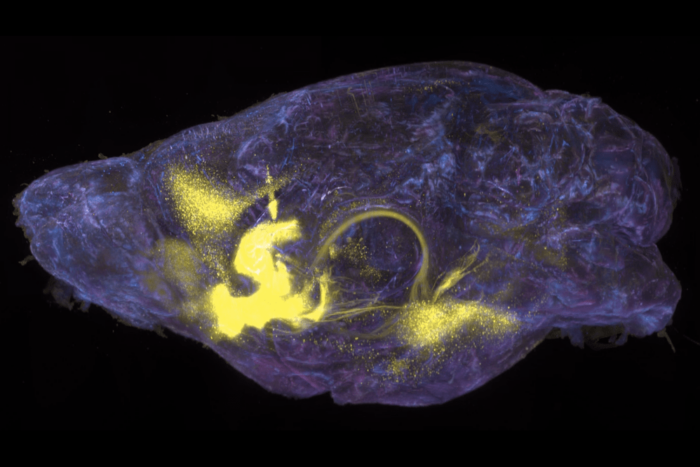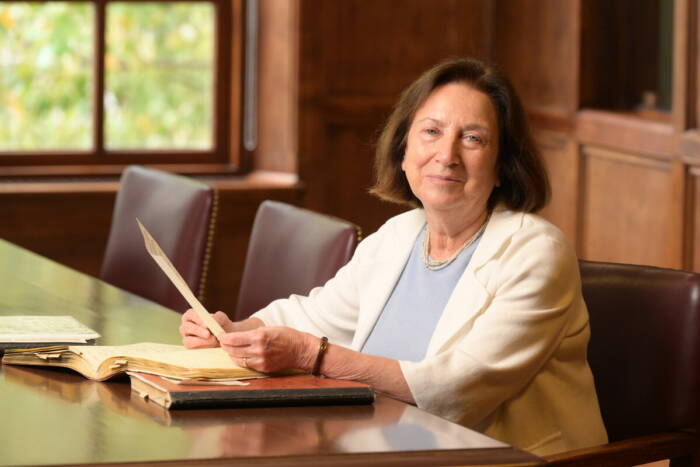President Emeritus Frederick Seitz dies at 96
by TALLEY HENNING BROWN
“Over a long time, things that people learn purely out of curiosity can have a revolutionary effect on human affairs.” As president of The Rockefeller University, Frederick Seitz helped lay the foundation for entirely new avenues of inquiry at Rockefeller and forged lasting relationships with the larger scientific community to help ensure the future success of Rockefeller scientists. Dr. Seitz, fourth president of Rockefeller University, passed away March 2, at the age of 96.
As a physicist, Dr. Seitz was perhaps best known for his hand in developing the Wigner-Seitz method, the first mathematical system for calculating the cohesive energy of a metal based on the known properties of its atoms, which he created with his teacher at Princeton University, Eugene P. Wigner, during his doctoral studies in physics. One of the several books he authored, A Modern Theory of Solids, was influential in the growth of solid-state physics — the study of the atomic properties of matter. “This book, one of Fred Seitz’s many original contributions to theoretical physics, played a crucial role in producing the remarkable post-war generation of solid-state physicists,” says Nicola Khuri, head of Rockefeller’s Laboratory of Theoretical Physics and a close colleague of Dr. Seitz. “A mere 10 years after this book appeared, the amazing technological revolution started, all born out of solid-state physics.” In 1973, Dr. Seitz received from President Richard Nixon the National Medal of Science, the country’s highest award for scientists, for his contributions to the modern quantum theory of the solid state of matter.
Frederick Seitz was born July 4, 1911 in San Francisco, California, to Frederick and Emily Hofman Seitz. Following a bachelor’s degree in mathematics from Stanford University in 1932, he received his Ph.D. from Princeton in 1934. He served on the faculties of the University of Rochester, the University of Pennsylvania, the University of Illinois and the Carnegie Institute of Technology (now Carnegie Mellon University). He also worked as a research physicist at the General Electric Laboratories and from 1962 to 1969 was president of the National Academy of Sciences. Dr. Seitz became the fourth president of The Rockefeller University in 1968.
During his 10 years as Rockefeller president, Dr. Seitz oversaw the creation of new basic research programs in the fields of reproductive biology, cell biology, molecular biology and the neurosciences, as well as new clinical investigations at The Rockefeller University Hospital. The university also began its joint M.D.-Ph.D. program with Cornell University Medical College, and created seven endowed professorships during his tenure, and Dr. Seitz was instrumental in launching the first development program in the university’s history. He also helped establish the 1,200-acre Center for Field Research in Ethology and Ecology in Millbrook, New York, and the Rockefeller Archive Center in Pocantico, New York, and oversaw construction of the Benjamin and Irma G. Weiss Research Building, the Laboratory Animal Research Center (now the Comparative Bioscience Center) and Faculty House. Dr. Seitz retired from Rockefeller University in 1978.
Dr. Seitz is survived by his son, Joachim Seitz, three grandchildren and four great-grandchildren. His wife of more than 50 years, Elizabeth Seitz, died in 1992.


